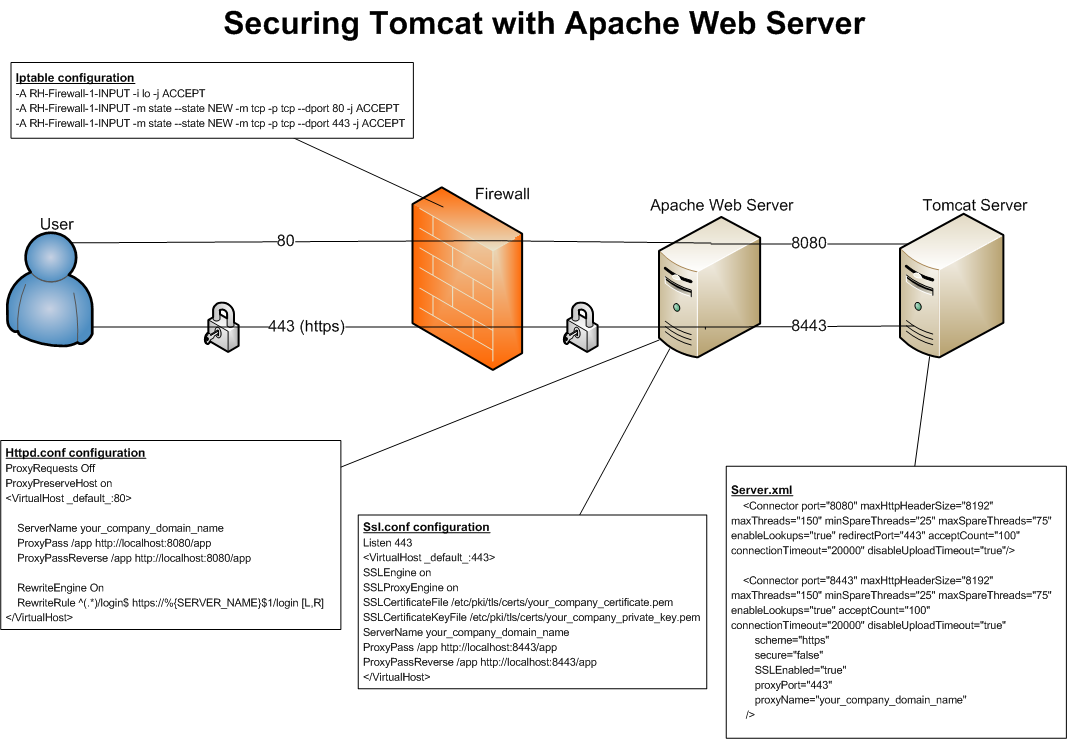
If a browser cannot find an image, it will display the value of the alt attribute: The value of the alt attribute should describe the image: The alt attribute provides an alternate text for an image, if the user for some reason cannot view it (because of slow connection, an error in the src attribute, or if the user uses a screen reader). The src attribute specifies the URL (web address) of the image: The tag is empty, it contains attributes only, and does not have a closing tag. In HTML, images are defined with the tag. We will use the HTML images syntax to link our pictures in the attribute table. Fill in the Photo attribute for each feature by pasting the file path in its respective cell. This copies the file location to the clipboard. In the context menu that appears, find and click Copy as path. Then, hold down the Shift key, then right-click the photo.
#Webmap server configuration windows
Get the location of a picture by firstly opening Windows Explorer and finding the photo in question. We will call this third column Photos.Īs you will link the images to the created layer, it is therefore essential that the images are stored in a directory that you have administrative rights to if you want that your images are viewed directly with QGIS. Then, you will need at least 2 columns which contain the X and Y coordinates and a third one that contains the location of your images. To import this data to QGIS, you will have to save it as a text file or a CSV file. For example, with the Windows Photo Viewer, make sure the photos are oriented correctly and that they are size accordingly to your needs. Take 20-30 pictures using a digital camera, a tablet or a cellphone.
#Webmap server configuration how to
No server-side software required.įirst, we will see how to create a layer of points in Microsoft Excel containing geographic coordinates and links to "geotagged" photos. In this tutorial, you will learn how to create an interactive web map that displays your geo-tagged pictures. The QSGIS2Web plugin provides an easy way to distribute and visualize your QGIS work as a web map using, without you having to know, OpenLayers or LeafLet.

Fortunately, there are tools available to easily translate your work in QGIS to web maps. Beginners in GIS typically aren’t web programmers and it presents a challenge when one needs to create a web map that is of the same quality as a map creating in a GIS. As such, the role of classical GIS analysts who “do GIS” is receding, and taking their place are end-users, developers, and perhaps, data scientists (Roberts & Robertson, 2016). GIS based technologies and applications have gone mainstream and have therefore become simplified and specialized to specific end-user applications (e.g. This paradigm is no longer, or unlikely to remain, the dominant mode of working with GIS.

A decade ago the practice of GIS was centred on the Desktop GIS Model, where GIS software was installed on a computer and a GIS analyst worked with the software and data to make maps, develop reports and answer spatial questions.


 0 kommentar(er)
0 kommentar(er)
